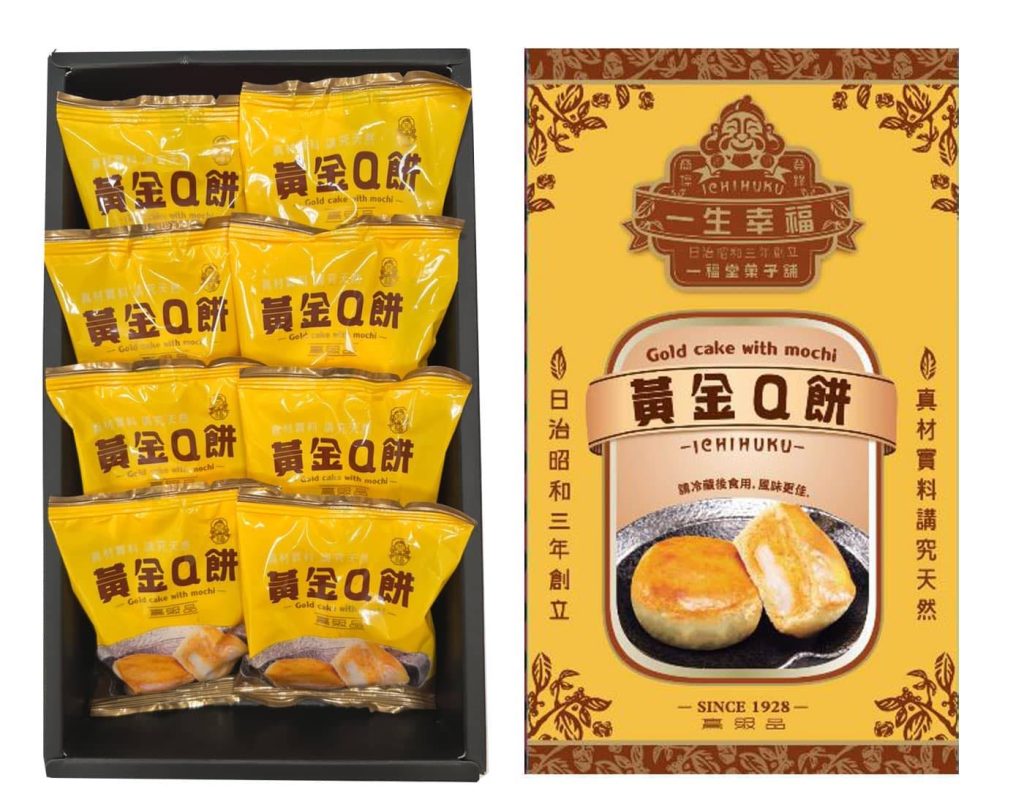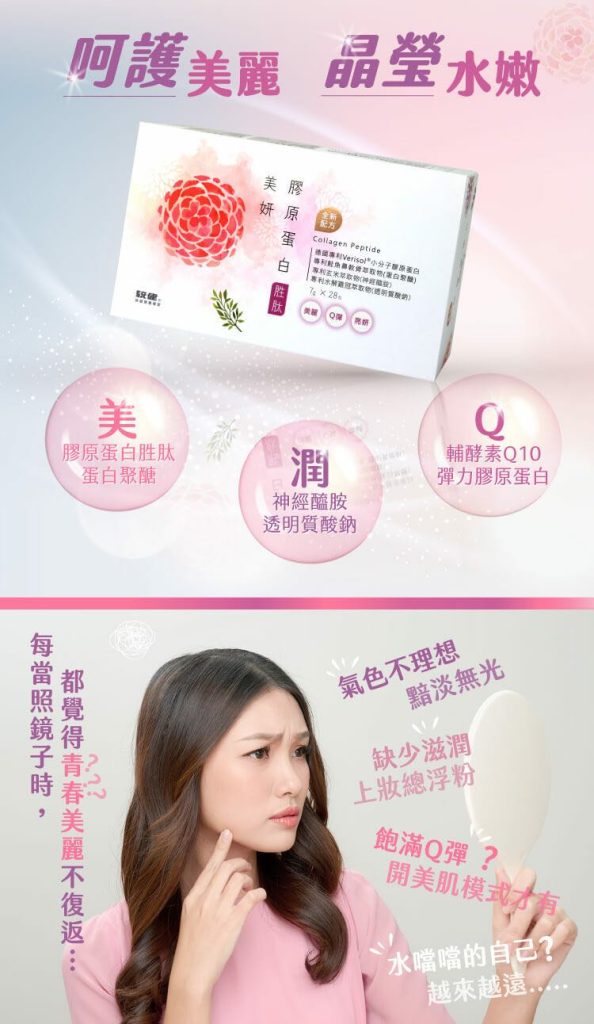The thing that hooked me on studying China was the language. When I started taking Chinese in my first year of college, it blew my mind—tones, characters, the whole package was such a marvelously different way to convey meaning than anything I’d encountered before. I still love the challenge of Chinese; the more I learn, the more fascinating it becomes. So one of the delightful things about being in Taiwan has been constantly learning new words and expressions.
These fall into a number of different categories. A vast number have been around for a long time but are new to me, such as the arcane characters that people sometimes choose to put in the names of their business or their children. For example, xiè 榭, a term for a pavilion or house on a terrace: I hadn’t come across this until I saw it in the name of one of the many beauty shops in our neighborhood, which is called xiāng xiè, “Fragrant Pavilion on a Terrace.”
Some are new to the world, words that hadn’t been coined when I started taking Chinese. To give you a sense of how long I’ve been studying this stuff, one of my vocabulary words when I was learning Chinese in college was “fax” (chuánzhēn). And it came in handy! When I lived in Suzhou in the summer of 1997, I communicated with my parents by walking a few blocks to a fancy hotel with a fax machine and faxing them a handwritten letter once a week. None of us had cell phones then. Now I’m sure any first-year student of Chinese learns the words for cell phone (shǒujī), text message (there are various ways to say this), download (xiàzài) and app (yìngyòng, though a recent conversation with a taxi driver has led me to believe that people here call an app an “A-P-P,” spelling it out like it’s an acronym).
There are also new words for which we have no equivalent in English. Bǐxīn, for example: this is the Chinese word for the hand gesture where you make a heart with your fingers.

People weren’t making this gesture back in the ‘90s when I started learning Chinese, so there was no word for it. Now not only is there a compact two-syllable way to invoke this gesture in speech or writing, there’s even a shorthand sign for it. How great is that?

Another word that I love that has no English equivalent is Q. That’s right: Q, the seventeenth letter of the alphabet. I was seeing this everywhere—at night markets, bubble tea shops, in advertisements. I had encountered QQ in a Chinese context before and first thought maybe this was related. QQ is an instant-messaging program widely used in mainland China. But this Q seemed to have something to do with food. Indeed: Q is how people in Taiwan describe a chewy, springy texture. Something that is firm but yielding, that gives your teeth a little resistance without being tough—that thing is Q. Buns, the boba in your tea, mochi, even donuts (to our surprise) can be quite Q.




Like bixin, Q is a phenomenon that exists in other parts of the world but that is more common and more valued in Taiwan. People in Taiwan love munchies with some Q.
Other ways of saying things are new to me because my formal Chinese-language education came entirely from Mainlanders and my longest stays in China were in northern cities (Beijing and Dalian). For some ordinary things, people in Taiwan use different terms from mainland northerners. So here in Taiwan, a bicycle is a jiǎotàchē, a “foot-treaded vehicle,” while in Dalian and Beijing it’s a zìxíngchē, a “self-going vehicle.” The subway in Beijing is the dìtǐe (underground rail) but here in Taipei it’s the jiéyùn (quick transport). Say thank you to a Beijinger and they’ll say buxie or bukeqi. Say it to someone in Taipei and they’ll say buhui. Then there are some expressions for which the words (characters) are the same as on the mainland but the pronunciation is different. Sometimes it’s a matter of a shifted tone: here they might use second tone for a word that’s said in first tone there. That’s no big deal—foreigners’ tones are often imprecise anyway, so people are pretty good at mentally correcting unexpected ones and inferring the intended meaning. But sometimes the pronunciation is wildly different because people are pronouncing it in a different dialect—variously called Taiyu or Taigu (Taiwanese), Hokkien, Taiwanese Minnan, Hoklo or Holo.
Quick history lesson here: much of the population of the island of Taiwan traces its ancestry to migrants from the mainland who came over starting in the late seventeenth century when the Qing government took over Taiwan and incorporated it into their empire. These migrants mostly came from Fujian (i.e. Hokkien)*, the region of the mainland closest to Taiwan, and they were mostly native speakers of a southern (nan) form of the Min dialect of Chinese, hence Min-nan-ese. Incidentally, this doesn’t mean that they all got along; there’s an early nineteenth-century gate on a hill near our apartment that was built by people from Zhangzhou (a city in Fujian) as a defensive fortification against people from Quanzhou (another city in Fujian, slightly farther up the coast).
But over the generations as they lived together in Taiwan, their relatively similar ways of speaking melded even further and changed into a form of the Min dialect that is (apparently, to those in the know) perceptibly different from the Minnanese spoken on the mainland. It’s not so different that it’s unintelligible—as I understand it, Minnanese speakers from southeast China can easily understand Hokkien speakers from Taiwan and vice versa. So this mostly isn’t a mainland/Taiwan difference but a northern Chinese/southern Chinese one.
Hokkien is unintelligible to Mandarin speakers, though, like the millions who moved to Taiwan from the mainland in the 1940s during the Chinese Civil War. It’s not exactly accurate to say that those newly arrived folks took over the island, because technically, they had already been governing it, just from afar. They were largely members of the Guomindang government and army, and since 1945 when Japan had lost the war and ceded Taiwan to China, the Guomindang had been governing Taiwan as a Chinese province. But their arrival in Taiwan was certainly experienced by many of the Hokkien-speaking Taiwanese as a takeover. Mandarin speakers got the official jobs with the most power and prestige; children were required to learn Mandarin in school and government workers were forbidden from speaking Hokkien at work. It wasn’t until Taiwan became more democratic in the 1980s that the government stopped suppressing Hokkien language and started to encourage it.
Today, many (maybe most?) people in Taiwan speak both Mandarin and Hokkien. You frequently hear people switch from one to the other without skipping a beat. The other day when we were at a small noodles-and-fried-rice shop in a narrow lane, the two ladies who ran the place spoke to me in Mandarin and to their Taiwanese customers, who were mostly older folks, in Hokkien. The political candidates Sonja and I saw at a rally in January before the election mostly spoke in Mandarin but also peppered their speeches with Hokkien—and a few of them spoke extensively or almost exclusively in Hokkien. On TV, there are some channels that are strictly Hokkien-language channels and many more that are predominantly Mandarin channels. Incidentally, because of the diversity of regional forms of spoken Chinese, TV shows and movies in Taiwan and China are almost always subtitled, even when they’re in Chinese. That way, people who speak a different form of Chinese than the one being spoken in the program can still understand it.

Then there are some words that, for reasons unclear to me, everyone here says in Hokkien, even when they are native Mandarin speakers speaking Mandarin. The one that crops up the most often is “garbage.” In Mandarin, garbage is laji. In Hokkien, it’s lese. Same two characters (垃圾), pronounced completely differently. But precisely no one says laji here, and if you do they will correct you as if laji isn’t even a Chinese word.
Anyway, being in Taipei has made me more aware of the limitations of my previous experience in Chinese-speaking environments. The Mandarin that I’d been taught as universally correct—well, it’s definitely helpful, and no doubt the most useful form of Chinese for a foreigner to learn. It serves me well here in Taipei. But in their daily lives, people speak what’s most familiar to them, and in Taiwan and much of south China (the most populous part of the country), that often means they’re speaking a language that I don’t understand.
*Hokkien is how people from Fujian say Fujian.

That’s weird about ‘Q’ becoming ‘chewy’ (though not for skin, I guess). How did that happen? Wikipedia has an explanation, though, you know, it’s Wikipedia: https://en.wikipedia.org/wiki/Q_texture